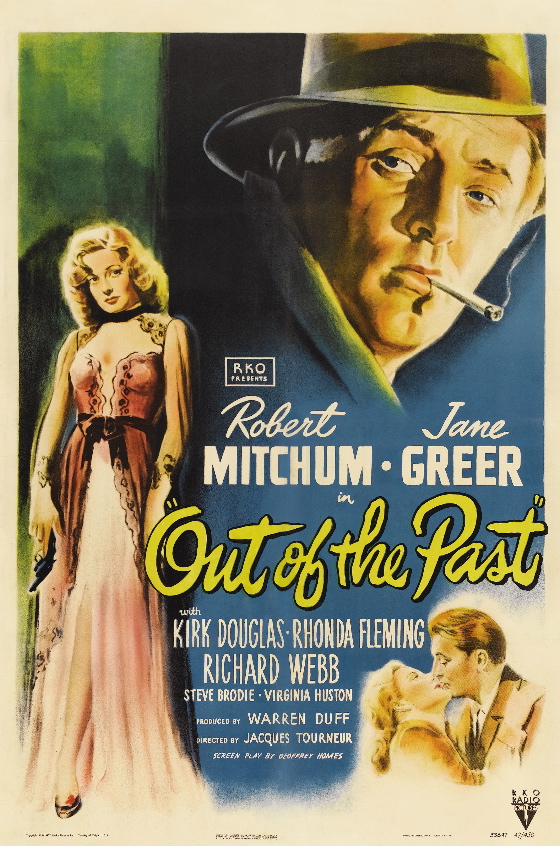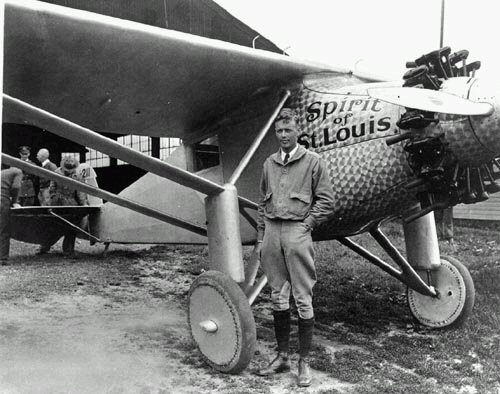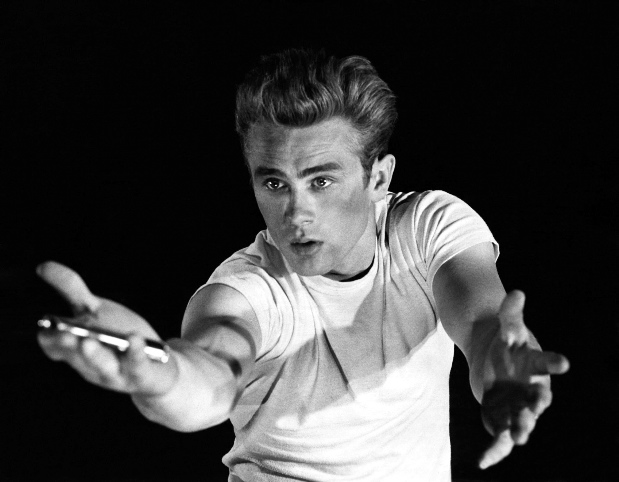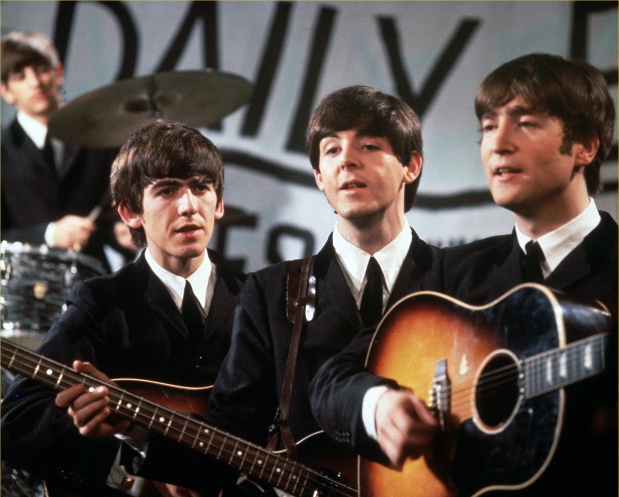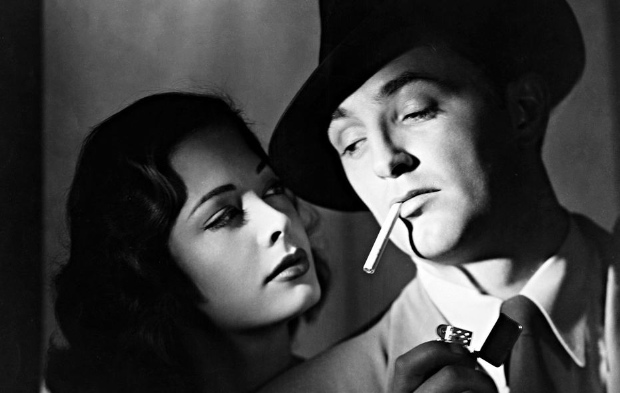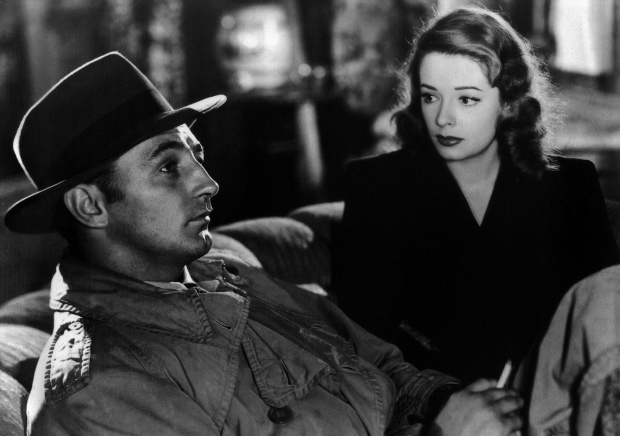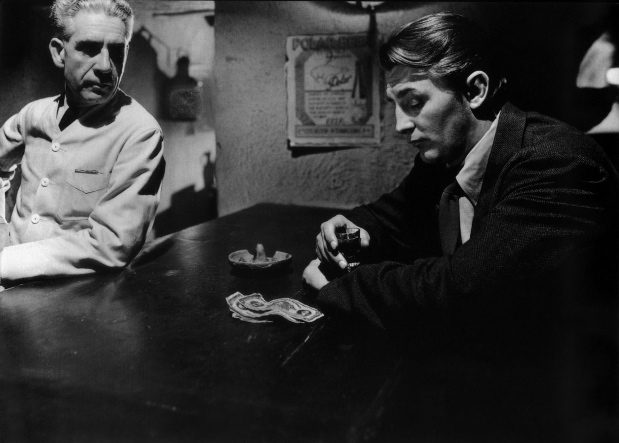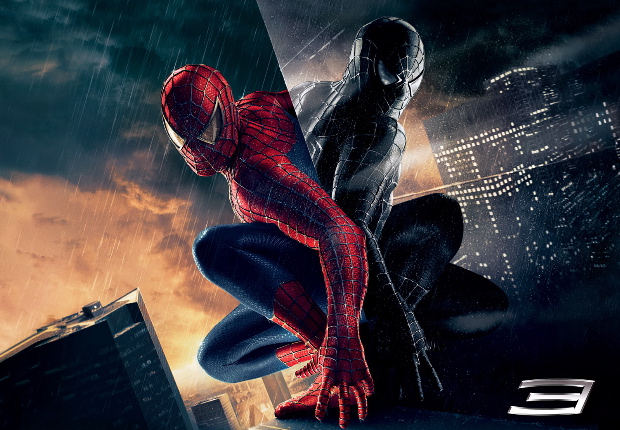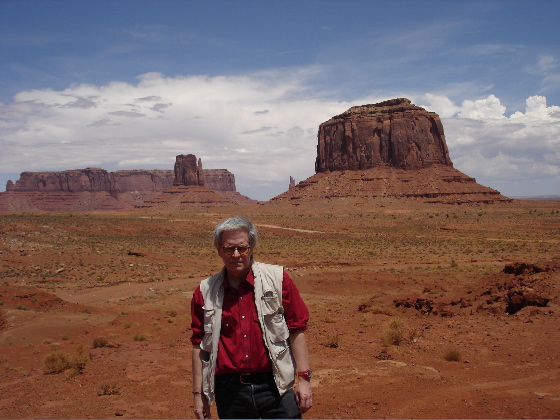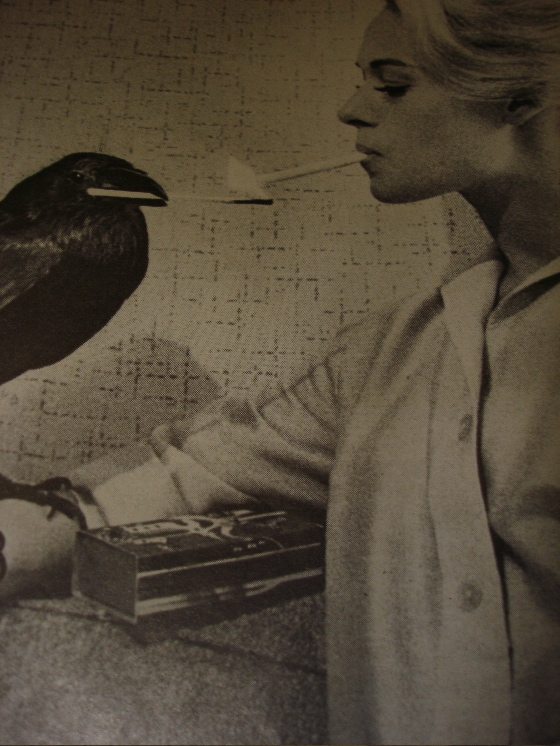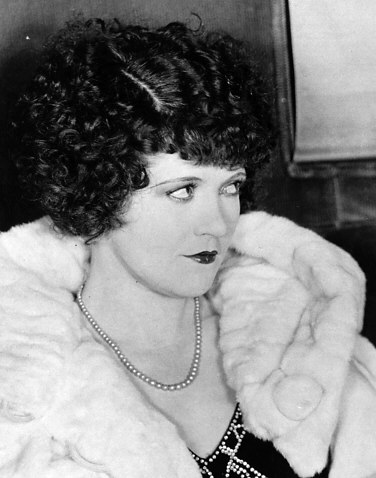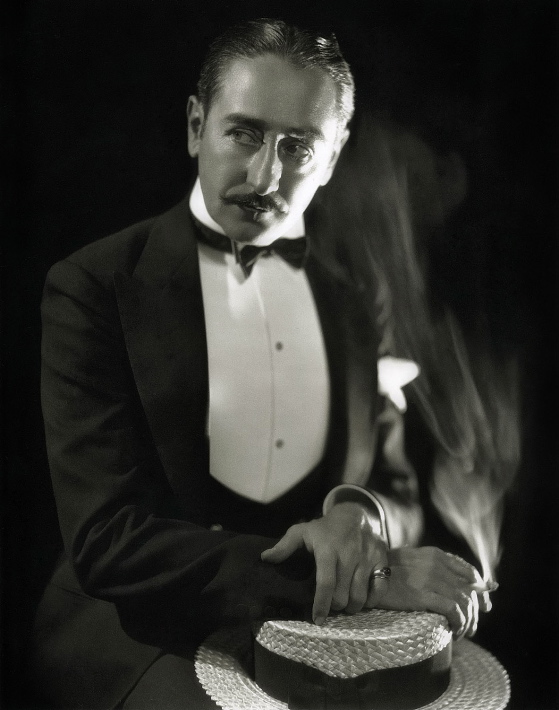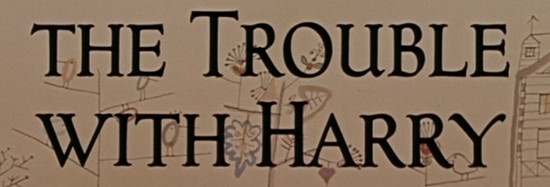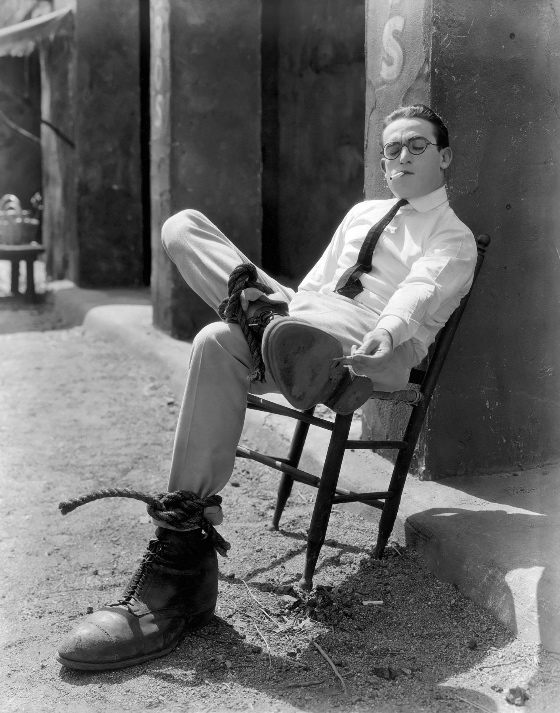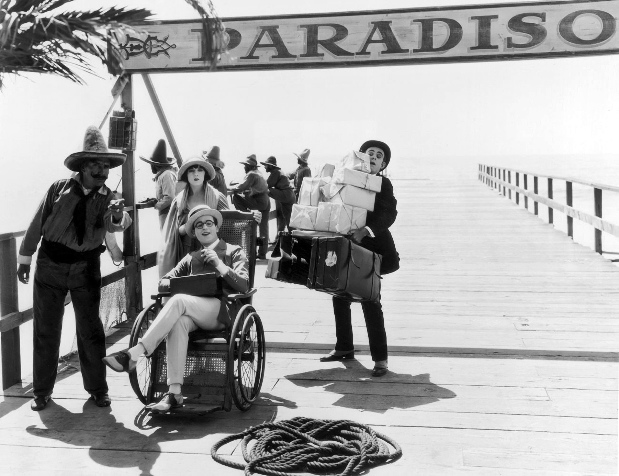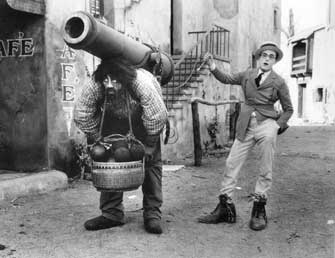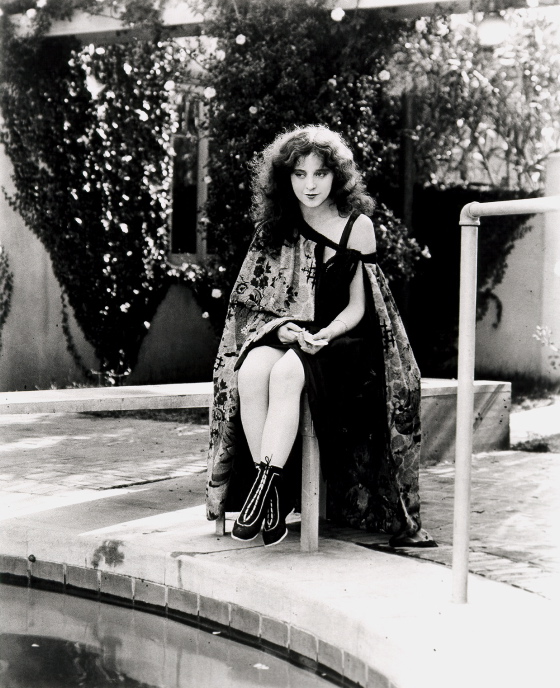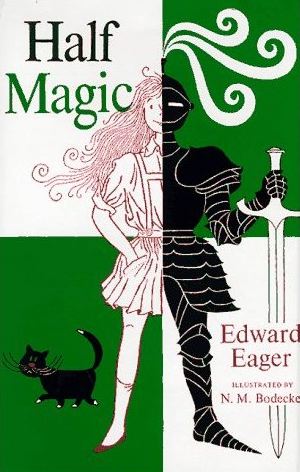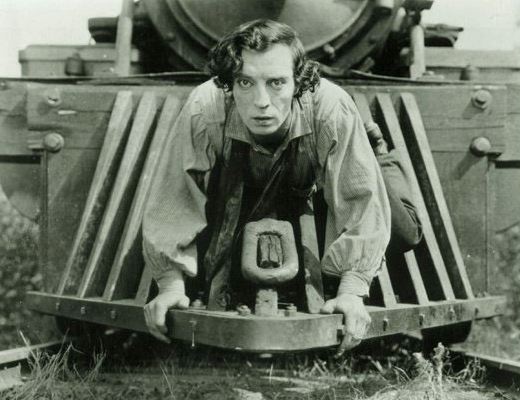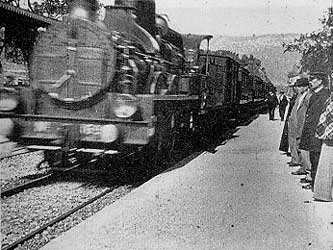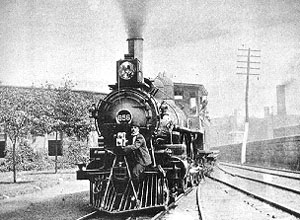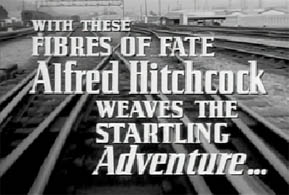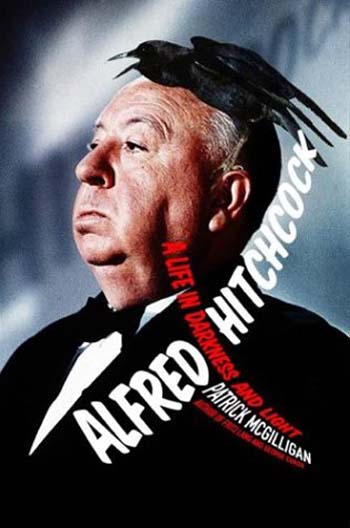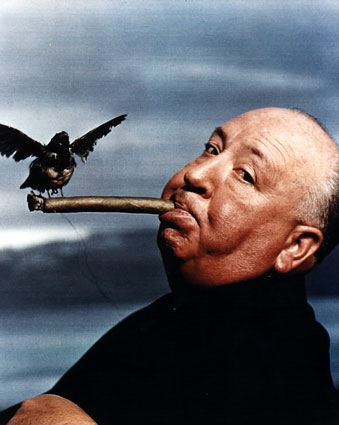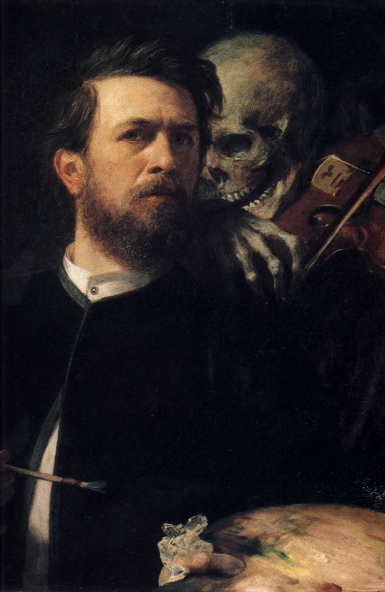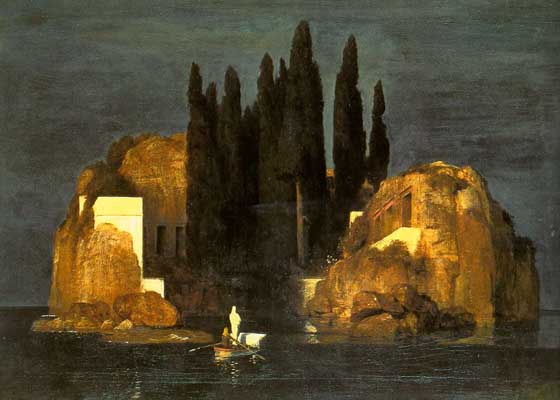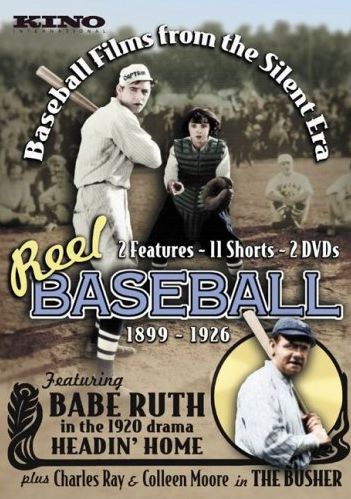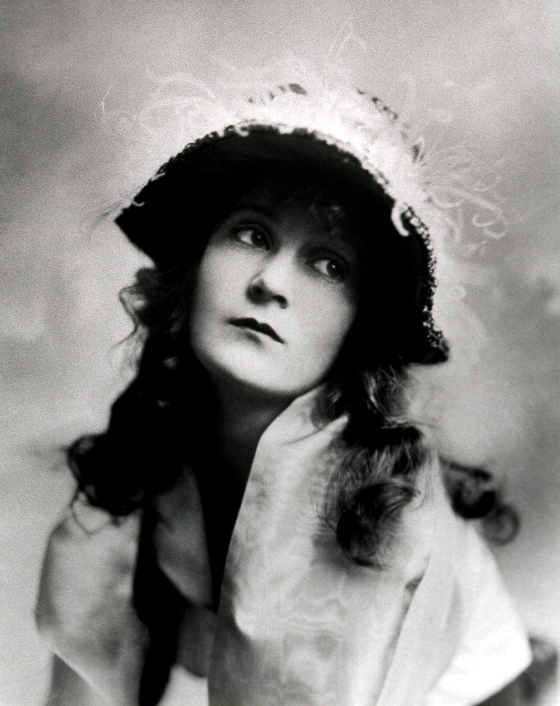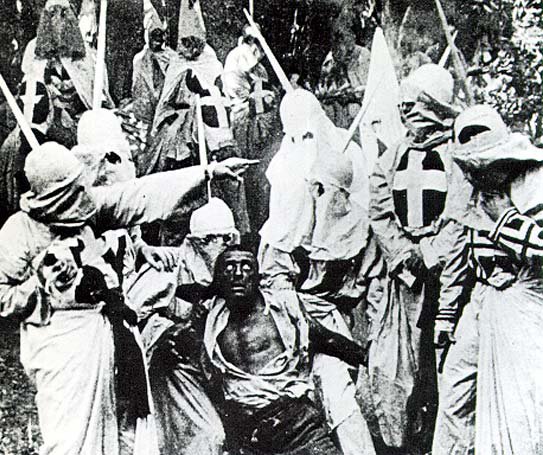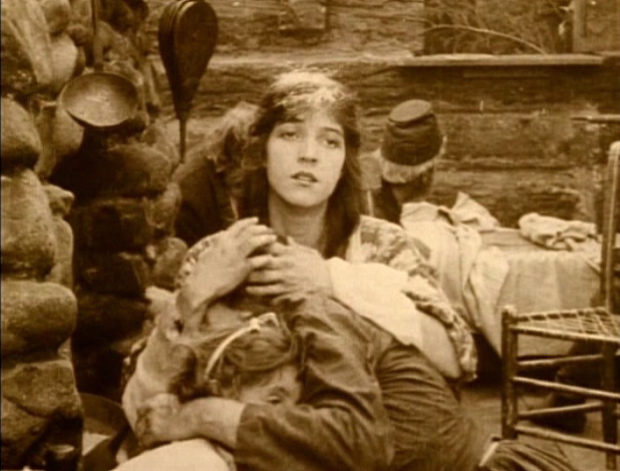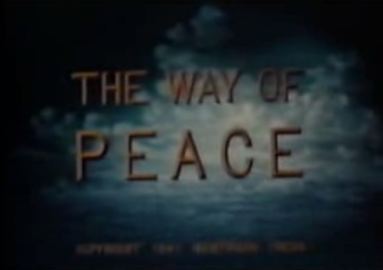
Frank Tashlin's comic critique of American culture was
so anarchic, so all-inclusive — encompassing even the cinema itself,
the medium he worked in — that it's hard to identify a point of view,
a philosophy, behind it. He just seemed to celebrate the idea of
transgressive thought.
Still, critics have often intuited a dark side in
Tashlin's work, which suggests that it might not have been as
innocently and cheerfully irresponsible as it seems. Peter Bogdanovich
wrote, “As comic as Tashlin's movies are, they also reflect a deep
unhappiness with the condition of the world.”
But what might have been the source of this
unhappiness, the perspective on the world which determined it?
An interesting clue can be found in a short, 18-minute
stop-motion animation film he made in 1947 called The Way Of Peace.
My friend Paul Zahl, a distinguished Anglican theologian, recently
tracked down a copy of this obscure film — which is surprising, even
startling.
Tashlin started out in the world of animated cartoons,
and a few years before beginning his career as a live-action feature director
he made The Way Of Peace — which was, as far as I can
tell, his only foray into stop-motion puppet animation. The
stop-motion work was done by Wah Ming Chang, who later did the
stop-motion effects for The Seven Faces Of Dr. Lao and The Time
Machine. The film was narrated by the actor Lew Ayres.
But
here's the startling part — the film was made for
the Evangelical Lutheran Church Of America, and it's an unabashedly
religious, Christian work. Most of it is concerned with the
destruction of the world by nuclear holocaust, presented as an
inevitable consequence of abandoning Christ's “way of peace”. (A
Lutheran pastor provided the “story conception” for The Way Of Peace, but
Tashlin wrote the script and clearly devoted a lot of care to the
inventive, often beautiful, often terrifying images of the film.)
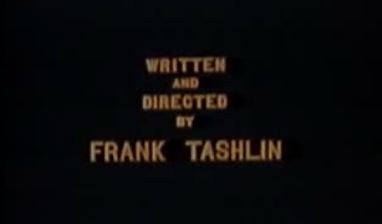
One might think, given the puppet-cartoon medium it's
made in, that it was a film addressed to children — but the
apocalyptic destruction it portrays is very dark and disturbing. At
any rate, it's probably not something you'd want to show to very small
children — the natural audience for animation of this sort.
It turns out, however, that Tashlin wrote a number of
picture books for children which are far more explicit in expressing
his fears for human civilization than his Hollywood movies ever tried
to be. Tashlin's fears were founded on a dread of nuclear war but also
on the spiritual decline of civilization through materialism —
something he satirized mercilessly in his films.
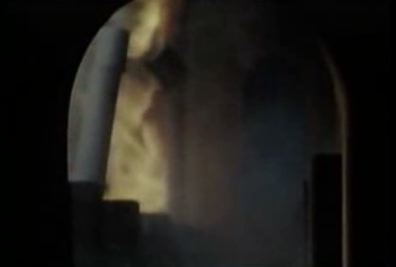
Tashlin being Tashlin, of course, his critique of the
modern world did not preclude a critique of the church — he was no
apologist for organized religion. A church is shown being obliterated
in the finale of The Way Of Peace, and one of his children's books, The World That Isn't, criticizes churches for their complacency.
I think all of Tashlin's work needs to be re-examined
in light of The Way Of Peace and his children's books. The Way Of Peace even offers a clue as to Tashlin's oddly affectionate, even
celebratory style of satire. The short ends with a quote from John's Gospel:
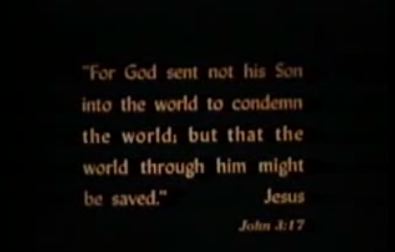
Paul
Zahl points out that there is Tashlinesque irony in the quote, since
we've just witnessed the destruction of the entire planet — but the
theology is sound enough from a Lutheran perspective, and perhaps from
Tashlin's. God hasn't destroyed the world for rejecting Jesus, the
world has destroyed itself by rejecting Jesus's “way of peace”. There
is no judgment involved, per se — just a kind of spiritual physics that reflects a very grim view of human nature.
Tashlin's mainstream Hollywood work never passes judgment on anyone or anything (The Girl Can't Help
It!) . . . but was it meant to save sinners, instead of just tweak them
for
their follies?
Tashlin, along with his disciple Jerry Lewis, was
probably the most eccentric director of comedy in 50s and 60s
Hollywood. Was he perhaps even more eccentric than we've imagined —
and more profoundly serious in his deconstruction of American
civilization? In The Way Of Peace he
portrays a puppet world on the brink of annihilation. Was that
perhaps what he was trying to do, between the lines, in his live-action features as well?
Another of his children's books offers an intriguing image which might be the best clue to the real Tashlin and his methods — The Possum That Didn't.
In it, a happy possum hanging upside down has his smile mistaken for a
frown. A bunch of do-gooders take him to the city, where he's
unhappy, but his upside-down frown there is mistaken for a smile.
To
me this sounds an awful lot like a warning directed at anyone inclined
to take Tashlin's topsy-turvy comic vision at face value. At the
very least it should make us question whether his smile is ever quite
what it seems.
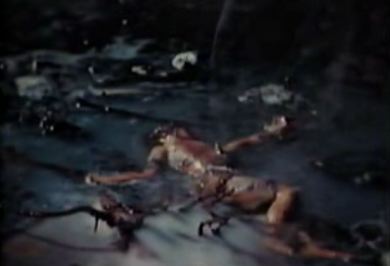
[The Way Of Peace can now be seen, in a somewhat
fuzzy online version, at the web site of the Evangelical Lutheran
Church Of America, which holds a copy of the film. It's really a
remarkable and provocative piece of work. Thanks are owed to that
organization for putting it up, and to Paul Zahl for tracking it down
there.]






